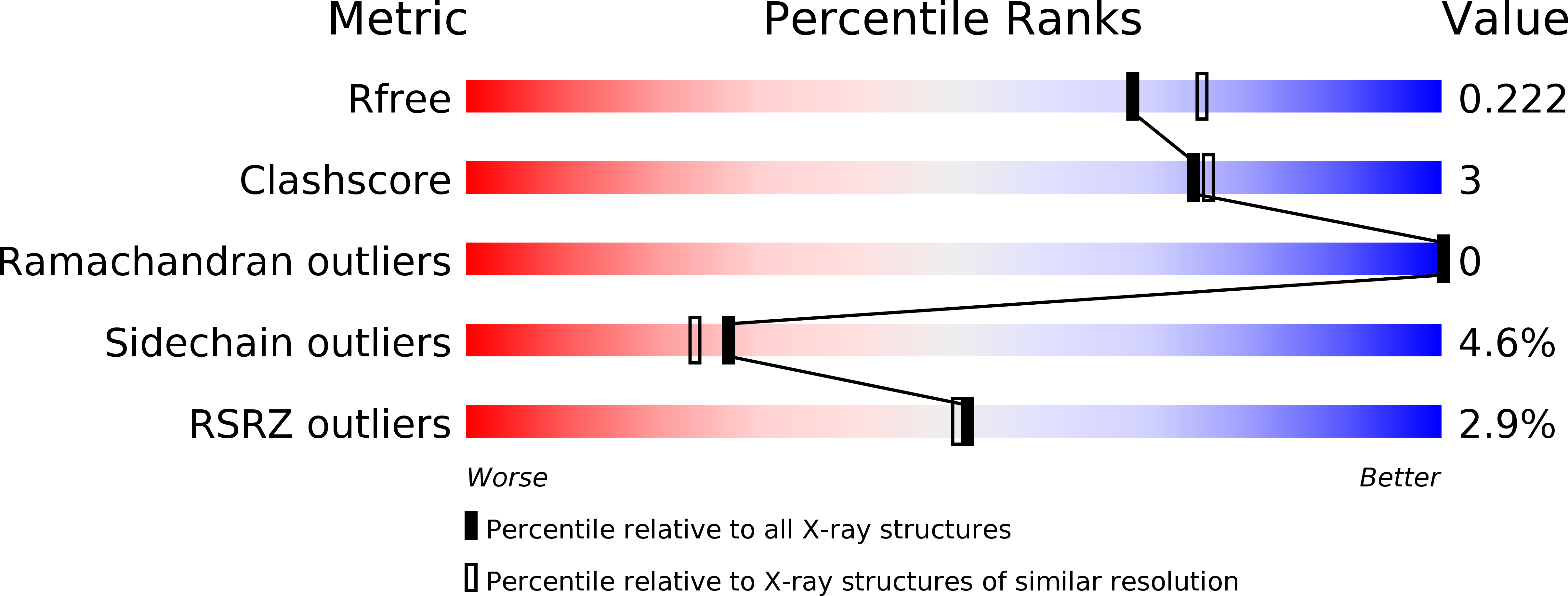
Deposition Date
2018-01-25
Release Date
2018-10-24
Last Version Date
2024-11-13
Entry Detail
Biological Source:
Source Organism:
Mus musculus (Taxon ID: 10090)
Dengue virus 2 (Taxon ID: 11060)
Dengue virus 2 (Taxon ID: 11060)
Host Organism:
Method Details:
Experimental Method:
Resolution:
2.00 Å
R-Value Free:
0.21
R-Value Work:
0.17
R-Value Observed:
0.18
Space Group:
P 1


